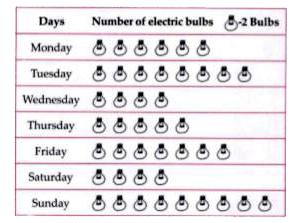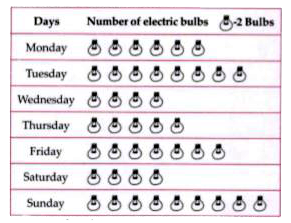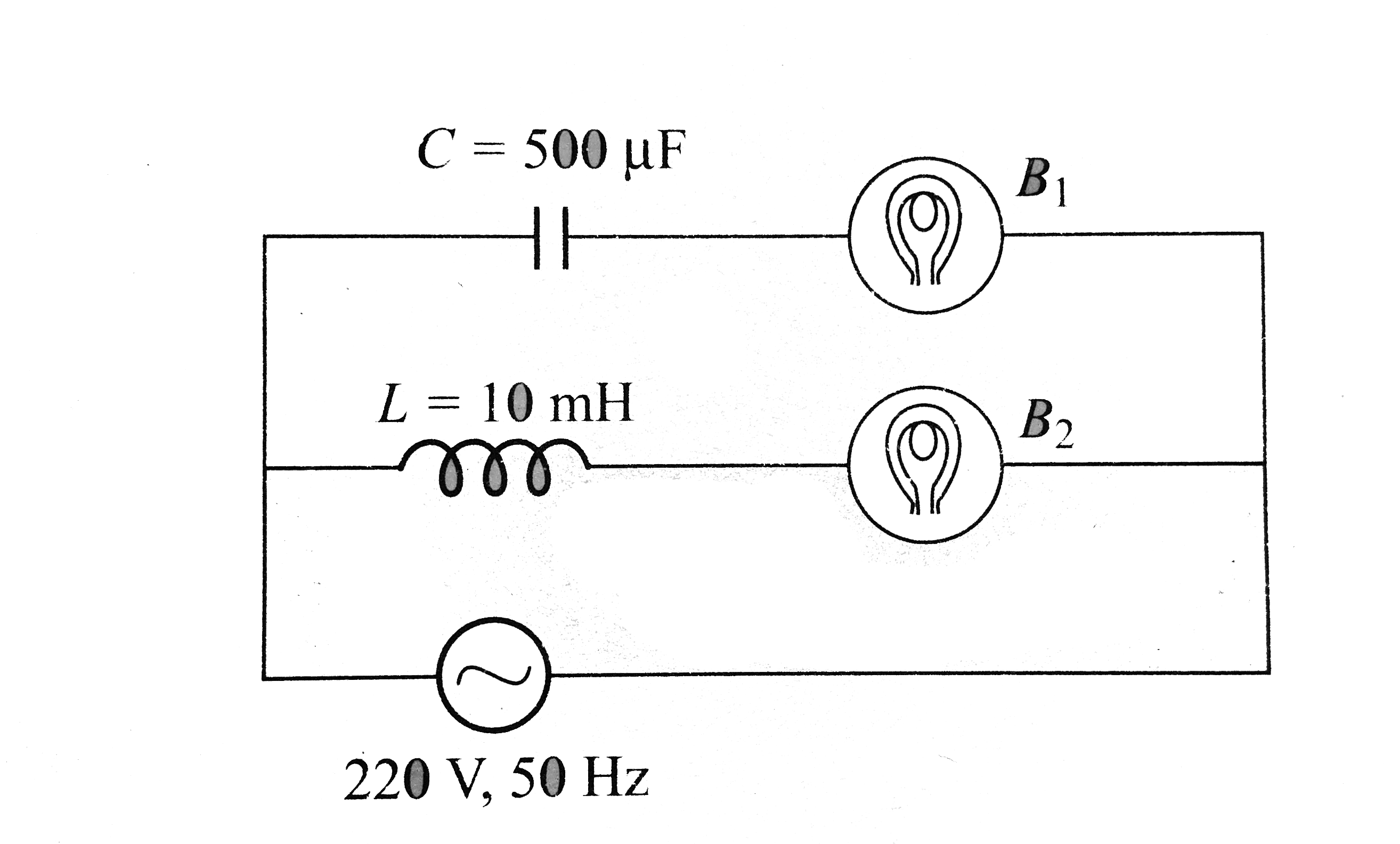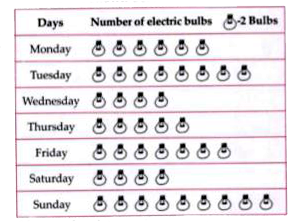Take two glass jars and fill them with water.
Now, take two onion bulbs and place one on each jar, as shown in Fig. 6.1 of the textbook page 69.
Observe the growth of roots in both the bulbs for a few days.
Measure the length of roots on day 1, 2 and 3. . On day 4, cut the root tips of the onion bulb in jar 2 hy about 1 cm. After this, observe the growth of roots in both the jars and measure their lengths each day for five more days and record the observations in tables, like the table below:

From the observations, answer the following questions :
Why would the tips stop growing in jar two after we cut them?
This is so because the meristematic tissues present at the root tips have been removed by cutting the roots.
Topper's Solved these Questions
- TISSUESBOOK - NAND LAL PUBLICATIONCHAPTER - TISSUESEXERCISE - INTEXT QUESTIONS
12 Videos
- TISSUESBOOK - NAND LAL PUBLICATIONCHAPTER - TISSUESEXERCISE - EXERCISES
20 Videos
- THE FUNDAMENTAL UNIT OF LIFEBOOK - NAND LAL PUBLICATIONCHAPTER - THE FUNDAMENTAL UNIT OF LIFEEXERCISE - ADDITIONAL QUESTIONS
11 Videos
Similar Questions
The sale of electric bulbs on different days of week is shown below :

Observe the pictograph and answer the following questions :
On which of the days same number of bulbs were sold ?
View SolutionThe sale of electric bulbs on different days of week is shown below :

Observe the pictograph and answer the following questions :
On which of the days minimum number of bulbs were sold ?
View Solution
Knowledge Check
In a young root absorption of water takes place through
ARoot cap regionBRoot hair regionCZone of elongationDMature region with a corky layerIn the circuit shown in fig. if both the bulbs (B1)and(B2) are identical
 A(A) their brightness will be the sameB(B) (B2) will be brighter than (B1)C(C) (B1) will be brighter than (B2)D(D) only (B2) will glow because the capacitor has infinite impedance
A(A) their brightness will be the sameB(B) (B2) will be brighter than (B1)C(C) (B1) will be brighter than (B2)D(D) only (B2) will glow because the capacitor has infinite impedance
The sale of electric bulbs on different days of week is shown below :

Observe the pictograph and answer the following questions :
On which day were the maximum number of bulbs sold ?
View SolutionAn electric bulb of 60 W is used for 6 h per day. Calculate the units of energy consumed in one day by the bulb.
View SolutionAn electric bulb of 60 W is used for 6 h per day. Calculate the units of energy consumed in one day by the bulb.
View SolutionAcan do a work in 6 days and B in 9 days. How many days will both take together to complete the work?
View SolutionOnd day, Ramesh was standing in the kitchen with his mother who was cutting onions for making vegetable. He observed that in some of the onion bulbs, green leaves appeared on the upper end and roots on the lower end . Next day, he shared his observations with hsi class teacher and asked him the following questions.
(i) What is the name of this type of propagation ?
(ii) Can this mathod be used for raising onion plants at home also?
View SolutionA can do a piece of work in 6 days and B alone can do it in 8 days. How long would it take for both of them to finish.
View Solution
